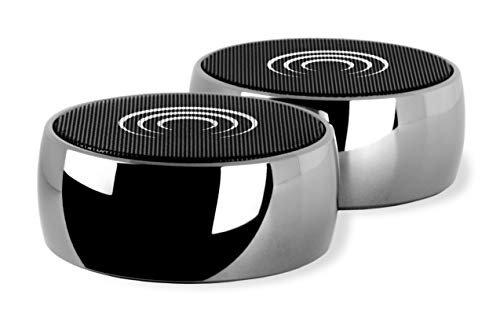To choose a mantra for transcendental meditation, select a simple, soothing word or sound that resonates personally and promotes deep relaxation and focus.
Selecting the right mantra is the foundation of an effective Transcendental Meditation (TM) practice. Unlike other meditation techniques, TM uses personalized, meaningless sounds that act as vibrational anchors to guide you into deep consciousness. This guide reveals how to find your ideal mantra and maximize its benefits.

What Makes TM Mantras Unique?
Transcendental Meditation mantras differ significantly from other meditation tools. These sacred sounds come from the ancient Vedic tradition and have specific vibrational qualities that facilitate transcendence.
Key Characteristics of TM Mantras:
- Meaningless sounds: Unlike affirmation-based mantras, TM uses sounds without semantic meaning
- Personal assignment: Traditionally given by certified teachers based on individual factors
- Effortless repetition: The mantra flows naturally without concentration or force
- Private use: Mantras are kept confidential to maintain their effectiveness
As Hugh Jackman shared about his TM practice: “Some of the clearest ideas or epiphanies I’ve had in life happened during or after meditating. Everything becomes clear and the truth starts coming out.”

The Science Behind Mantra Selection
Research shows that specific sound vibrations affect brainwave patterns. TM mantras are carefully selected based on their resonance with the mind’s natural frequencies.
| Mantra Quality | Effect on Mind |
|---|---|
| Soft consonant sounds | Promote relaxation response |
| Open vowel sounds | Enhance alpha brain waves |
| Specific syllable combinations | Facilitate transcendence |
Traditional vs. Self-Selected Mantras
Teacher-Assigned Mantras
Certified TM teachers follow specific guidelines from Maharishi Mahesh Yogi when assigning mantras. They consider:
- Your age
- Gender
- Personality traits
- Current life circumstances
As explained in our guide to the best books on Transcendental Meditation, this traditional approach ensures the mantra’s vibrational quality matches your needs.
Choosing Your Own Mantra
If you can’t access a TM teacher, follow these guidelines:
- Select a meaningless sound (like “so-hum” or “aing”)
- Keep it short (1-2 syllables)
- Avoid words with personal associations
- Test different sounds for natural resonance
According to the official TM organization, self-selected mantras can still be effective when chosen carefully.
Common TM Mantra Examples
While specific mantras are traditionally kept private, these examples illustrate the types of sounds used:
Beginner-Friendly Mantras:
- Om
- Shrim
- Ram
Advanced Mantras:
- Hiring
- Shyam
- Aing
For deeper work with specific energy centers, consider pairing your practice with chakra stones for meditation to enhance the vibrational effects.
Maximizing Your Mantra’s Effectiveness
Proper Mantra Use
- Repeat silently (not aloud)
- Allow the sound to flow naturally
- Don’t force concentration on the mantra
- Let thoughts come and go without resistance
Common Mistakes to Avoid
- Changing mantras frequently
- Sharing your mantra with others
- Analyzing the sound’s meaning
- Forcing the repetition rhythm
As noted in NIH research on TM, proper mantra use leads to measurable reductions in stress and anxiety.
Enhancing Your TM Practice
Complement your mantra practice with these supportive elements:
Optimal Meditation Environment
- Quiet, comfortable space
- Consistent time of day
- Supportive seating (chair or cushion)
Supportive Tools
- Mala beads for counting repetitions
- Essential oils like sandalwood or frankincense
- Crystals such as crown chakra stones for deeper connection
Remember that the mantra is your vehicle to transcendence – the simpler and more natural its use, the more profound your meditation experience will become.
